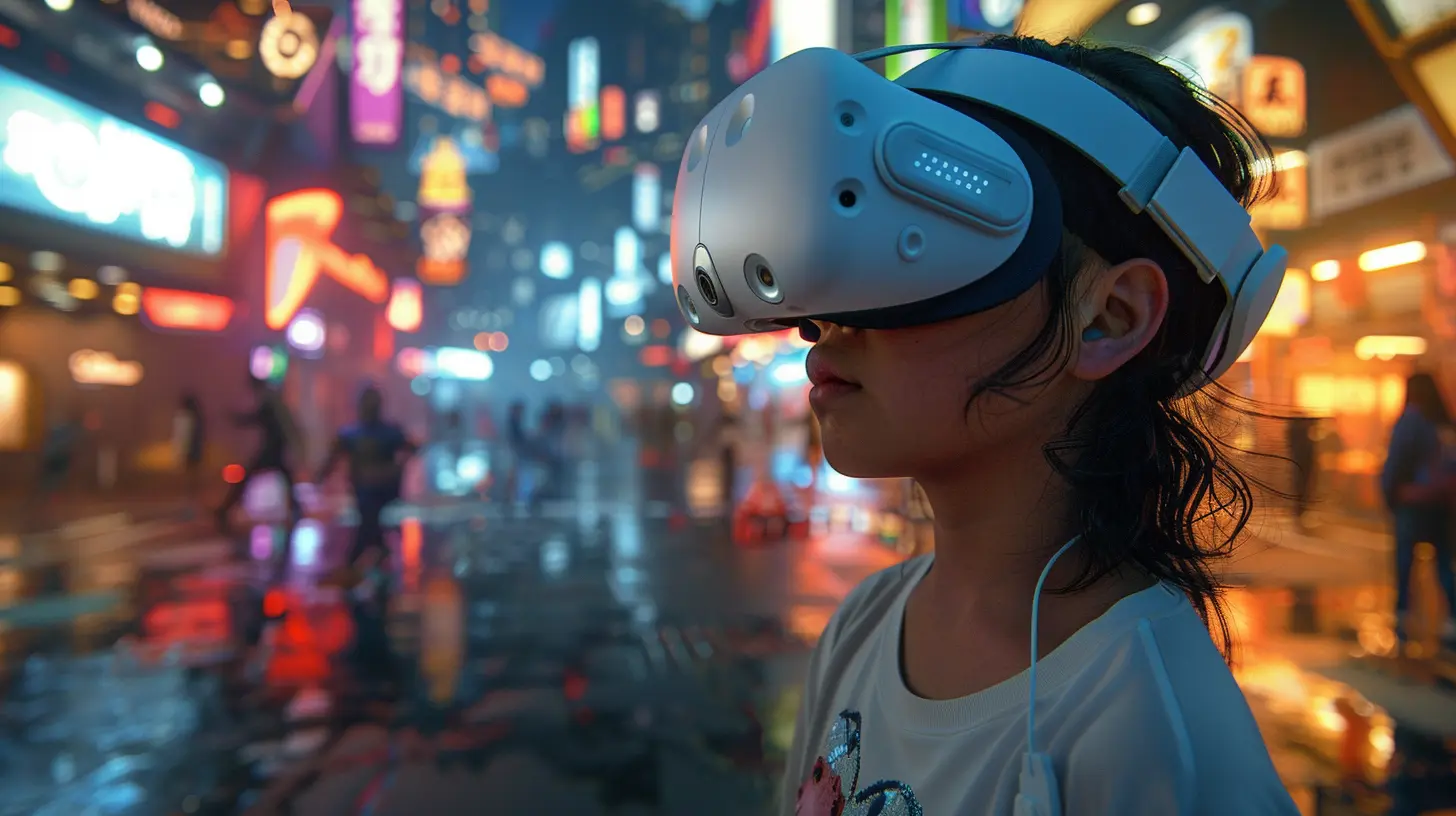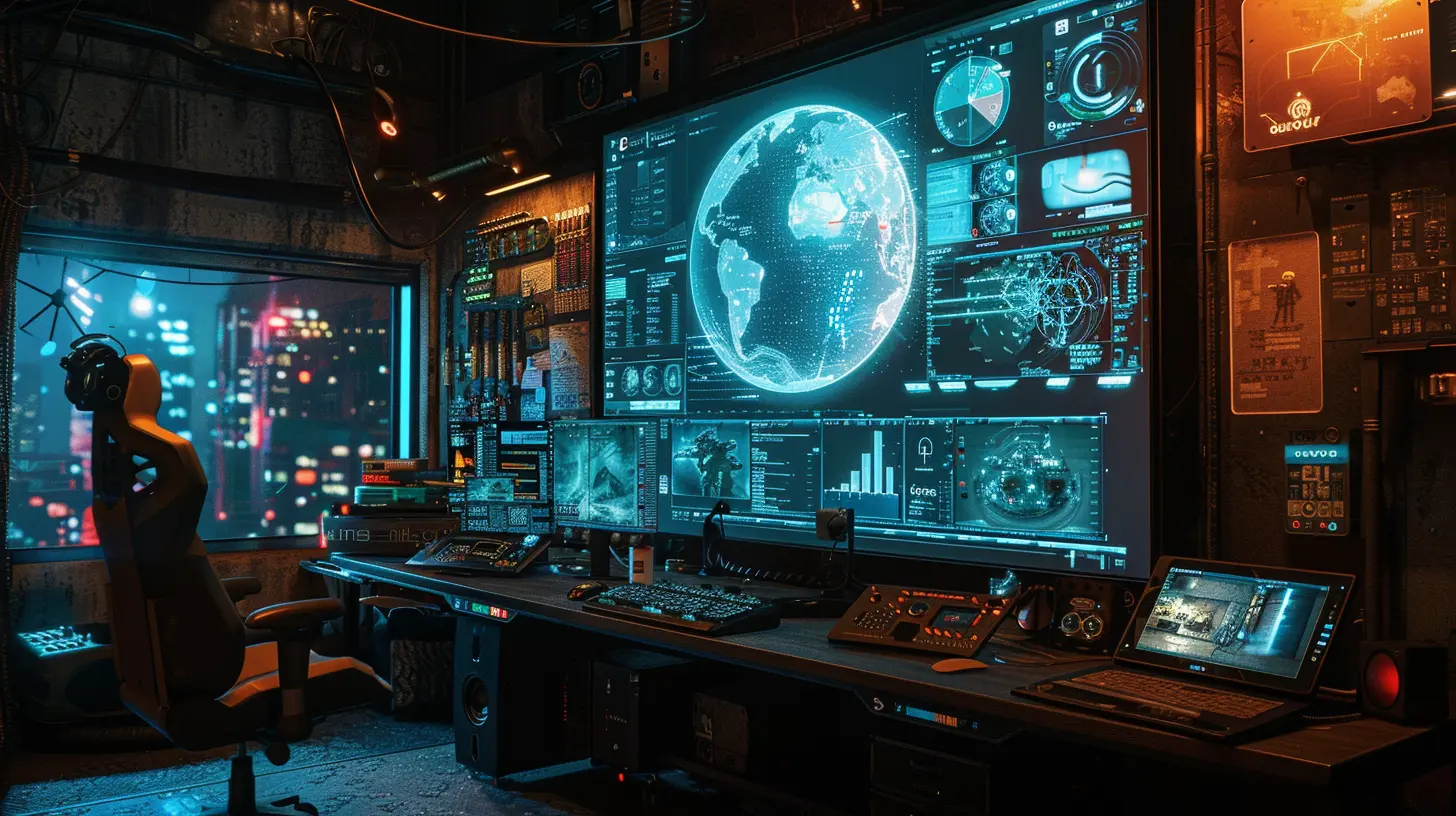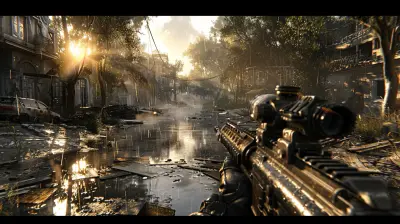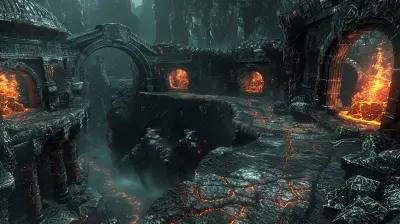Voice Acting in VR: Creating Immersive Soundscapes for Virtual Worlds
20 September 2025
Let’s face it—virtual reality (VR) has come a loooong way from pixelated nightmares and “robotic potato” graphics. Nowadays, it’s all about immersion. Sight, sound, movement—heck, even virtual coffee smells are on the horizon. But there’s one often-overlooked ingredient that cranks up the immersion dial to 11: voice acting. Yeah, I’m talking about the unsung heroes who breathe life into avatars, aliens, and way-too-chatty tutorial guides.
So buckle up, because we’re diving headfirst into the wild, weird, and wildly impressive world of voice acting in VR. Spoiler alert: It’s way more complicated—and vital—than just yelling into a mic while wearing pajamas (though, let’s be honest, that’s part of the dream).
Why Voice Acting in VR Actually Matters (Like, a Lot)
You might think voice acting is just the cherry on top of your VR sundae, but oh no, my friend—it’s the gooey caramel center. When you’re fully immersed in a virtual world, every sound, whisper, and blood-curdling scream needs to feel real. Flat, monotone voices? Instant immersion killer. Imagine being in a horror VR game and the ghost sounds like your bored middle school science teacher. Yikes.Voice acting in VR doesn’t just add flavor; it creates the emotional core. It’s the difference between engaging with a character and yelling “NPC alert!” every five seconds. It blurs the lines between “this is fake” and “holy heck, this feels real.”
The Art of Making You Feel Things (AKA Acting, With More Tech)
Good voice acting is already challenging in traditional games. But throw in a 360-degree VR environment, spatial audio, and interactive storytelling? Now we’re talking about Olympic-level voice work. It’s not just about delivering lines anymore—actors have to consider timing, emotional beats, and physical presence all around you.Let’s say your character walks into a dimly lit tavern in a VR fantasy game. A bard plays a lute in one corner, the innkeeper grumbles behind the bar, and the mysterious rogue in the shadows whispers your name from behind you. That last one? Yeah, that whisper better land just right, or you’ll end up turning around like “excuse me, who said that?” and killing the vibe.
Spatial Audio: Because You Need to Know Where That Zombie Groan Came From
We can’t talk about immersive sound without raving (just a little) about spatial audio. In VR, it’s not enough to hear a sound—your brain needs to locate it. Voice acting in VR is layered with positional audio magic, which means the sound of someone talking to you from your left should actually come from... your left. Groundbreaking, right?This kind of audio trickery helps build believable scenes. With proper voice delivery, subtle echoes, and 3D audio cues, you’re not watching a scene unfold—you’re in it. And when someone yells “Behind you!” mid-zombie attack, you bet you're gonna spin around like a caffeinated ballerina.
Emotion in VR: Because Flat Dialogue is Deadlier Than Any Boss Fight
Let’s cut to the chase: If a character in VR can’t make you feel something, they’re basically a talking block of wood. In VR, it's not enough to just “say the lines.” Nope. Voice actors need to conjure up genuine emotion—fear, joy, sarcasm, heartbreak—and deliver it so naturally that your brain thinks, “Yup. This person’s legit.”Ever cried during a VR experience? Don’t lie, we’ve all ugly-cried at least once in a headset (hopefully in private). That’s the power of emotionally connected voice acting. It’s theater, cinema, and personal therapy all wrapped into one ridiculously cool package.
Are We Actors or Acrobats? (Both, Apparently)
Because VR is interactive, voice actors aren’t just sitting in booths reading scripts. Oh no—they’re often involved in performance capture, motion capture, and a whole lot of “sounding natural while pretending to fight a dragon.” It's like acting, but with an extra layer of “please don’t bump into the green screen.”This hybrid skillset challenges performers to deliver lines in real-time, often while responding to the player’s actions. It's improv meets tech wizardry. And when done right, it gives you those goosebumps you only get when a character looks you dead in the eyes (virtually, of course) and says something that hits way too close to home.
Interactive Storytelling: Because You Should Feel Guilty About That In-Game Betrayal
Here’s the juicy part: VR thrives on choice. Your actions, decisions, and hesitations all impact the story. That means voice actors need to record multiple lines, reactions, and emotions depending on what YOU do. It’s basically a choose-your-own-adventure book with a full cast of professional dramatics.So when you backstab your loyal companion in a VR RPG—and they deliver a painfully betrayed “I trusted you…”—that sting? That’s good voice acting, folks. It enhances the narrative by making your choices feel real, and the consequences feel personal. No pressure or anything.
Localization and Inclusivity: Hola, Bonjour, and We’re All Welcome
Let’s not forget language. VR is a global experience, and inclusive voice acting means more than just slapping on some subtitles and calling it a day. Users want to experience immersive worlds in their own languages—with culturally relevant emotional nuance, slang, and idioms. That requires real voice actors across the globe, not just Google Translate powered by caffeine and chaos.And yes, representation matters. VR should reflect the real world in all its diverse glory—different accents, tones, genders, cultural backgrounds—all should have a seat at the virtual table.
Famous Voices, Big Dollars, and That “Wait, Is That Morgan Freeman?” Moment
Let’s not pretend we don’t all get star-struck hearing a familiar voice in VR. More studios are bringing in high-profile actors to give life to their virtual characters, and who can blame them? When you’re exploring a sci-fi colony and suddenly hear what sounds suspiciously like Mark Hamill, your curiosity piques (and your immersion multiplies).Having well-known voices lends credibility, quality, and a touch of Hollywood sparkle to VR titles. But it also sets a high bar—one that encourages up-and-coming voice actors to sharpen their skills and bring their A-game.
Challenges Voice Actors Face in VR (Spoiler: It Ain’t Easy)
Let’s not sugarcoat it—voice acting in VR is a beast.- Timing: It’s tricky to deliver lines that need to sync with user interactions. Can’t have the character shouting their battle cry five seconds late, can we?
- Fatigue: Screaming “Aaahhh!” into a mic for the 87th time because a player keeps dying? Not exactly gentle on the vocal cords.
- Direction: Voice actors often work alone—no scene partners, no real-time feedback. It’s like pretending to have a conversation with an imaginary dog… convincingly.
- Tech Constraints: Audio quality, mic setup, background noise—every technical blip risks breaking the illusion.
In short, voice acting in VR is part performance, part technical precision, and part caffeine-fueled resilience.
The Future of Voice Acting in VR: AI, Clones, and Other Headaches
Oh boy, here come the robots. With AI voice synthesis and deepfakes crawling into the scene, you might be wondering: are real voice actors on the chopping block? Short answer? Not really. Long answer? Not yet.Sure, AI can mimic tones and accents (sometimes with terrifying accuracy), but it lacks soul. It can’t improvise. It doesn’t know how to feel. And let’s be honest: it still sounds like Siri with a cold.
Real voice actors bring spontaneity, depth, and humanity—the good stuff. And even if AI gets better, there’s always going to be a demand for the real deal. Because let’s face it, you don’t want your video game soulmate to confess their love sounding like Terminator's cousin.
So, Do We Appreciate Voice Actors Enough?
Short answer: nope.These people are literal chameleons—shifting accents, characters, emotions, and storytelling styles like it’s child’s play. And in VR, they’re doing all that while anchoring the player’s entire emotional experience.
Without them, your favorite VR titles would be a sad, mute wasteland of dead-eyed avatars and awkward silence. So maybe next time you hear a sidekick say something hilarious or a villain deliver a spine-tingling monologue, give a silent nod of appreciation (or yell “Bravo!” if you’re feeling theatrical).
Final Thoughts: Let’s Hear It for the Voices Behind the Headsets
Voice acting in VR isn't just about talking into a microphone—it's about sculpting entire emotional atmospheres. Voice actors are storytellers, guides, friends, foes, and the occasional disembodied AI assistant who definitely knows too much about you. They're the soul of VR, embedded in every whisper, war cry, and awkward flirtation at virtual taverns.So next time you're wandering through a digital dreamscape and a character makes you laugh, cry, or question your life decisions, remember: someone behind the scenes nailed that moment for you. And frankly? That deserves a standing ovation—virtual or not.
all images in this post were generated using AI tools
Category:
Voice Acting In GamesAuthor:

Aurora Sharpe
Discussion
rate this article
1 comments
Chelsea McKale
Breathing life into gameplay.
October 2, 2025 at 4:28 PM

Aurora Sharpe
Thank you! Voice acting truly enhances the experience, making virtual worlds feel alive and engaging.


